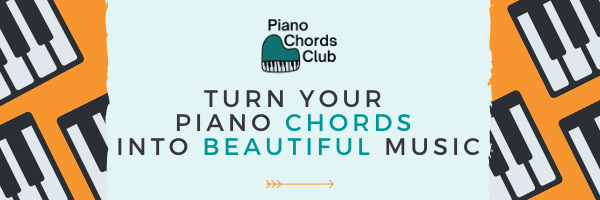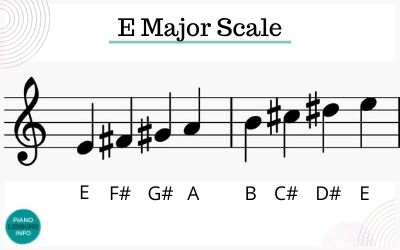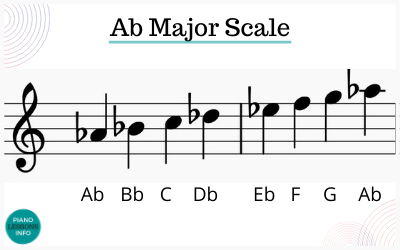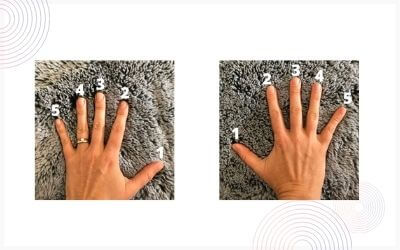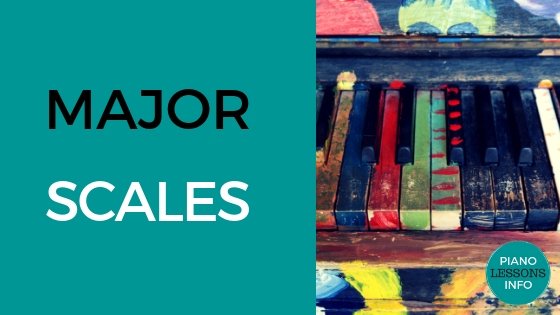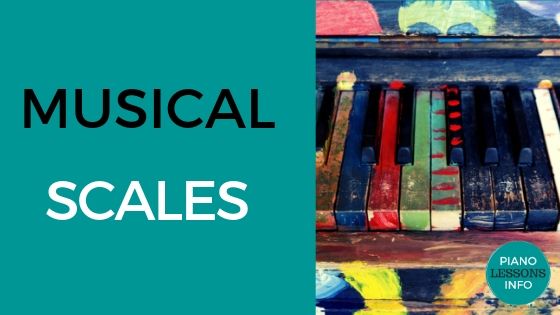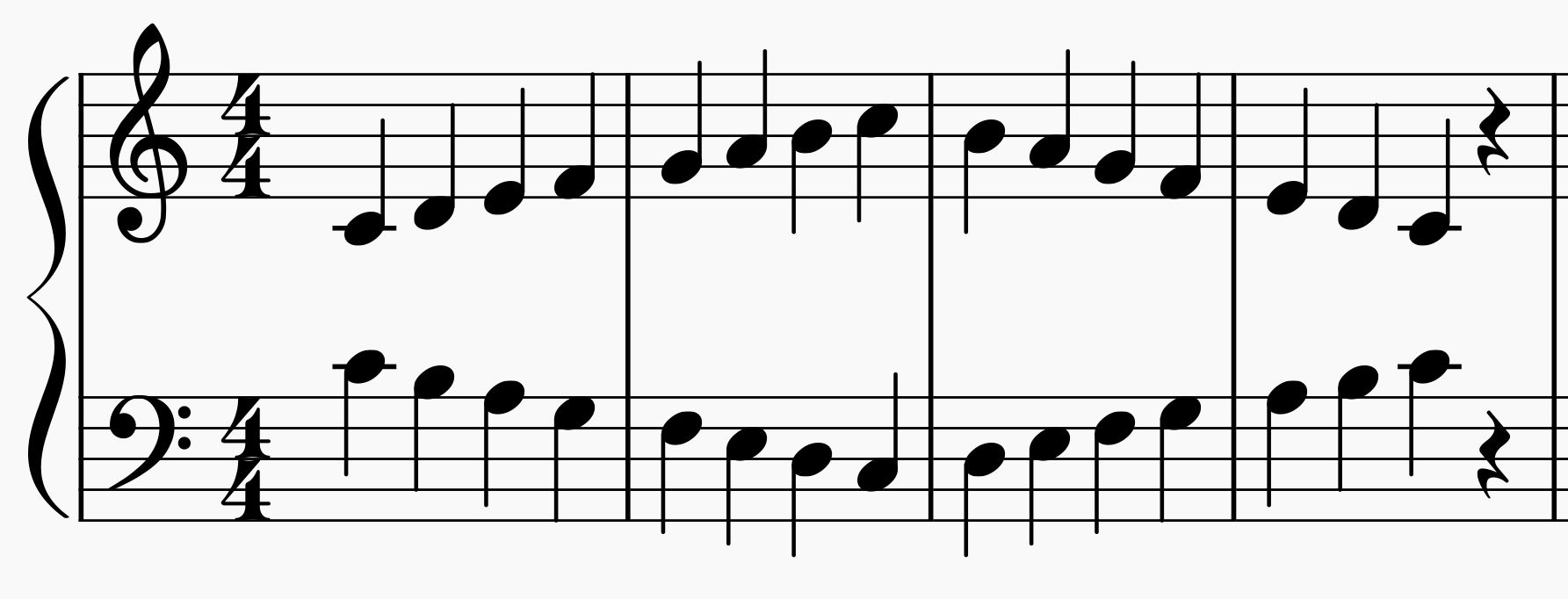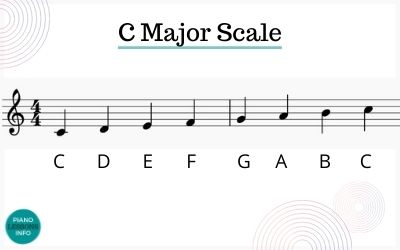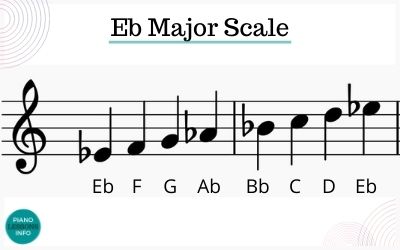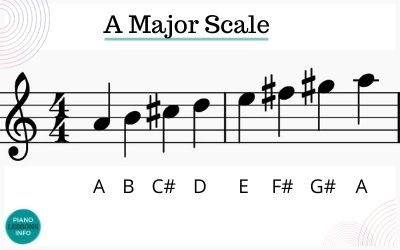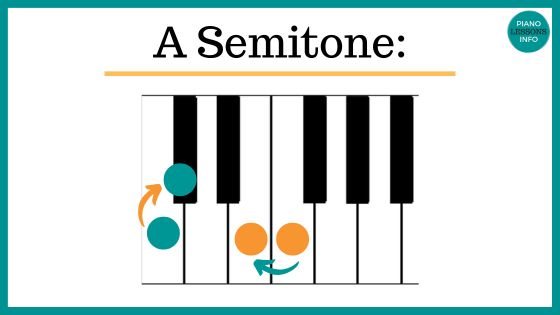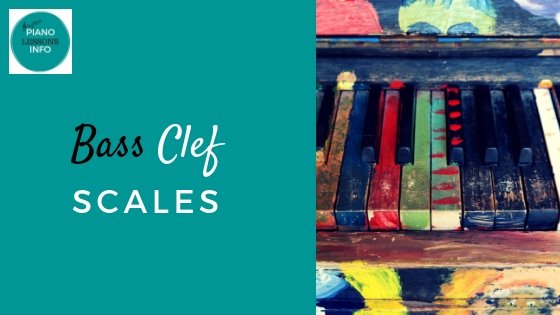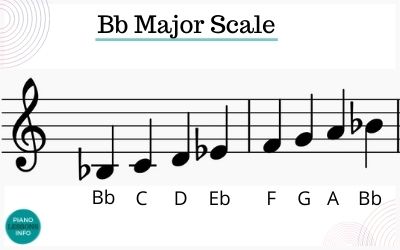Piano Scales For Beginners
If you are just starting to learn piano and researching piano scales for beginners, you are on the right track! And in the right place. Scales are an important part of piano technique and important to learn and understand.
Essential Info For Getting Started
To start learning piano scales, it's important to understand the basics. Each scale is made up of a series (which is a set pattern) of notes played in ascending or descending order, usually within one octave (8 notes).
There are different types of scales, such as major and minor scales, which have their own unique patterns and sounds.
The ultimate goal is to learn all of the scales but that is not something to do in the first year of learning piano. The main thing is to start learning one scale and adding that to your practice routine.
If you are not really that sure what scales are, start with what are major scales.
Start with the C Major Scale
The most common starting point for beginners is the C major scale, as it consists only of white keys. It also has a simple scale fingering pattern that is easy to remember.
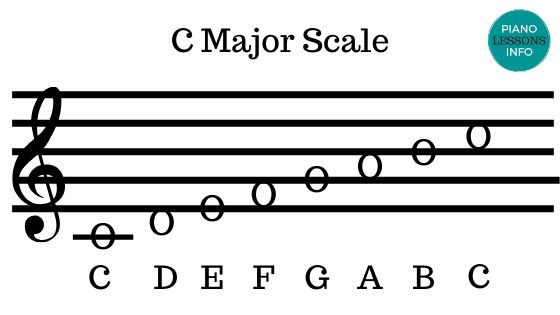
When starting out, it's crucial to use the correct fingering for each scale. Many of the major and minor scales use the same fingering that you can learn here.
You can learn all about the C major scale here also.
The Next Scales to Learn
When teaching piano, I usually teach the scales in this order:
- C major (hands separate, one octave)
- G major (has F#)
- A minor harmonic scale (has G#)
- D major (has F#, C#)
- E minor harmonic (has F#, D#)
- F major (different fingering & has Bb)
C Major Scale

G Major Scale
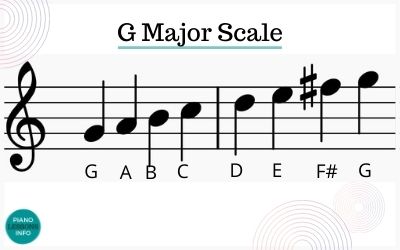
A Minor Scale
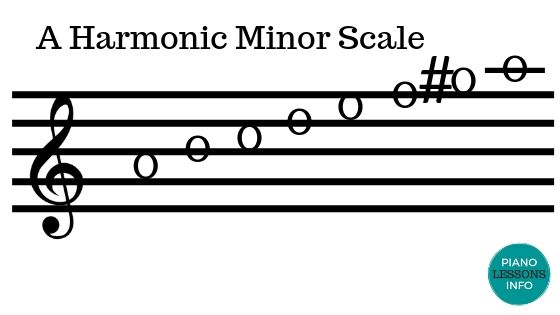 Notes: A B C D E F G# A
Notes: A B C D E F G# AD Major Scale
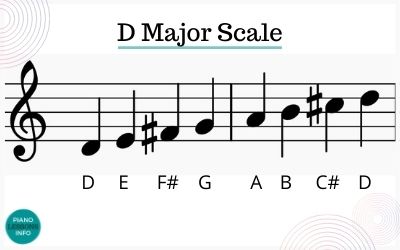
F Major Scale
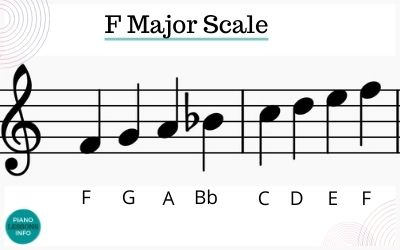
Major Scales Playlist
I have a playlist of scales related videos here on Youtube which includes major scales and fingering. You can choose any of the above scales or learn a different one and this will help.
Add Scales to Your Practice Routine
Practicing scales regularly is key to mastering them. Set aside dedicated time each day or practice session to focus on scale practice, even if it's just for a few minutes.
Scales make a great warm up before heading into songs you want to practice.
Start slowly and gradually increase your speed as you become more comfortable with the finger movements and note sequences. It's important to be patient and not rush through the scales – take your time to fully understand and the notes you are playing.
You want your scales to sound even - as in each note sounds the same as ever over in terms of strength, volume and rhythm.
All Scales Have A Pattern You Can Learn
A helpful strategy for learning scales is to look for patterns within the scale itself. For example, in the C major scale, you'll notice that there is a whole step (two keys) between every note except for B to C and E to F, where there is only a half step (one key).
This is the pattern that all major scales have. No matter which note you start on, you can play a major scale with the pattern:
Whole step - whole step - whole step - half step - whole step - whole step - half step.
These patterns are obvious once you start paying attention, and they make playing scales much more understandable.
Start Learning Minor Scales
In addition to major scales, beginners should also learn minor scales. The natural minor scale is a good place to start as every minor scale as has the same key signature as one major scale.
For example, C major and A minor have the same key signature. The thing is, harmonic minor scales tend to be more enjoable to play and so many use these as well.
To turn a natural minor into a harmonic minor scale, you raise the 7th note of the scale by one semi-tone.
For example, C major and A minor has no sharps and not flats. To play A harmonic minor, we count up to the 7th note - G. Then raise is to G#.
This means the notes of the A minor harmonic scale are:
A - B - C - D - E - F - G# - A
Piano Scales for Beginners: Not Everyone Loves Scales But Some Do
While scales may seem like a tedious task to practice for some, they are incredibly important for any aspiring pianist. They provide the foundation for understanding chords, progressions, key signatures and melodies in music. By introducing scales early on in your learning journey, you are setting yourself up for success in more advanced pieces down the line.
I never really enjoyed playing scales but I do understand their benefit to me now. Some of my piano students love playing scales while others can't be bothered. But no matter which one you are, they are important to play.
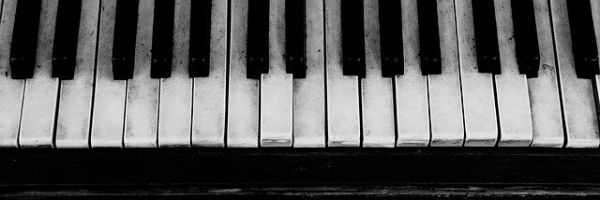
To summarize, learning piano scales for beginners doesn't have to be overwhelming. Just start with one scale - C major, and then move on once you feel ready.
With the right approach and consistent practice, anyone can master them. Scales are an essential part of learning to play the piano. They are building blocks for understanding music theory as well as help you to develop finger strength, dexterity and coordination.
Free Download:
Ultimate Chord Cheat Sheet
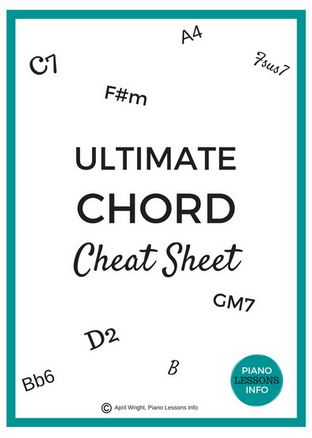
Subscribe below and get free access to the (printable) Ultimate Chord Cheat Sheet.
Recent Articles
-
Piano Notes Chart
Nov 20, 23 10:21 PM
Find a piano notes chart for treble clef and bass clef notes as well as the different types of notes. -
D Chord on Piano + Diagram, How To & Theory
Oct 24, 23 12:20 AM
Learn how to play the D chord on piano with diagram, fingering, D/A, D/F# and a theory explainer. -
Diminished Piano Chords: Chart & How to Make Them
Oct 09, 23 09:23 PM
Learn the different diminished piano chords and how to make them. Here you'll find both a diminished chord chart and an explanation.
- Home
- Piano Scales
- Piano Scales For Beginners


